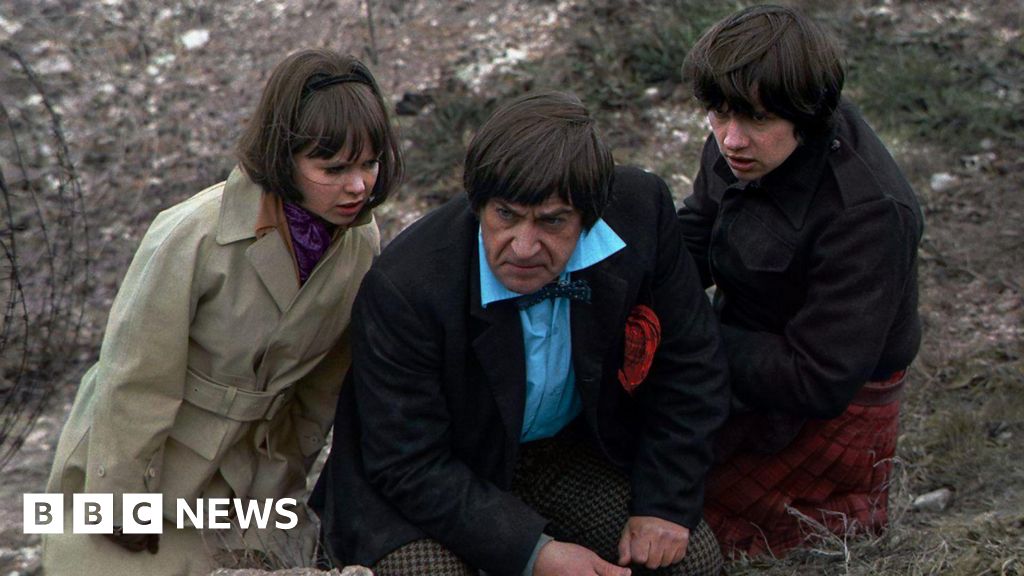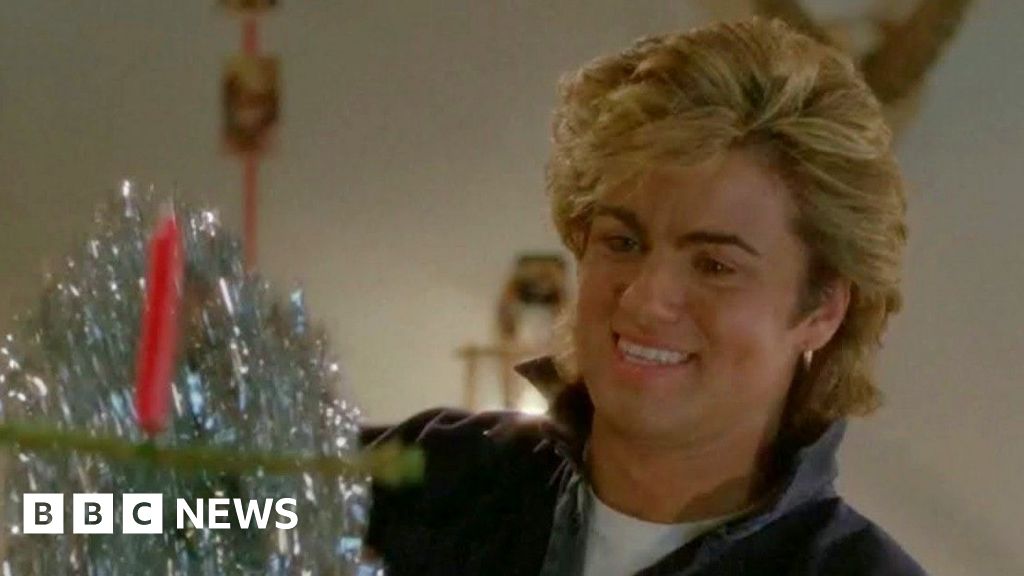And so Sally can stop waiting. Exactly 15 years after breaking up on Aug. 28, 2009 — and 30 years after releasing their debut album, Definitely Maybe, on Aug. 29, 1994 — Britpop icons Oasis announced Tuesday that they will be reuniting for a run of 14 shows next summer in the U.K. and Ireland, with more to come in other countries.
“The guns have fallen silent,” the band said in a statement. “The stars have aligned. The great wait is over. Come see. It will not be televised.”
According to reports, the ever-feuding brothers at the heart of the enterprise — lead singer Liam Gallagher, 51, and lead songwriter and guitarist Noel Gallagher, 57 — vowed to endure each other’s existence long enough to play their greatest hits live a few times and reap an estimated £400 million (approximately $528 million) in return.
The response from fans was rapturous.
For those who haven’t followed the past 15 years of breathless, will-they-or-won’t-they rumors and bitter fraternal bickering, such euphoria — not to mention the half-billion-dollar payday it’s likely to generate — might seem excessive. Oasis? You mean the lads with the eyebrows and the accents who sang that “Wonderwall” song and ripped off the Beatles?
Why do people still care about Oasis?
It’s a question I’ve been asking myself ever since London's Sunday Times first reported on a possible reunion over the weekend — and it’s a question I feel like I should be able to answer.
I fell for Oasis after watching the “Live Forever” video on MTV at age 12. I covered my first Oasis song (“Some Might Say”) in my first band the following year. I spent the rest of the 1990s scouring local record shops for import CD singles packed with otherwise unavailable Oasis B-sides. Now — more than a quarter century after Oasis released an album that actually mattered to me in real time — I am vaguely considering flying to England for one of these reunion gigs.
So I’ll give it a shot (if only to tell my side of the story before my wife files for divorce).
First of all: Oasis weren’t popular for long — but when they were popular, they were very popular indeed. Definitely Maybe (which will be reissued Friday in deluxe, 30th-anniversary form) was the fastest-selling debut in British history. Its follow-up, 1995’s (What’s the Story) Morning Glory?, sold 345,000 U.K. copies in a single week, 4 million U.S. copies by the end of 1996 and more than 22 million copies total — making it one of the bestselling albums of all time. Listeners have streamed “Wonderwall” about 2 billion times on Spotify as of Tuesday morning, topping every Taylor Swift song except “Cruel Summer.”
Of course, Hootie & the Blowfish also sold tens of millions of albums in the 1990s — and they too plan to reunite next summer. But there’s a reason the internet isn’t obsessing over Hootie in quite the same way. From the start, Oasis aspired to something rarer than commercial success — they wanted to be (and therefore claimed to be) “the biggest band in the world.” Both elements of that equation — the big part and the band part — were integral.
At the risk of sounding ancient, bigness meant something different before social media sorted us into a billion algorithmic silos. The 1990s were the last gasp of mass culture — the communal experience of everyone caring about (or at least being aware of) the same thing at the same time.
In 1996, 2.5 million people — a full 4% of the British population — applied for tickets to the massive open-air Oasis shows at Knebworth; roughly a half million attended. Liam and Noel were front-page news: their battles with each other, their bouts with rival bands and occasionally their music. Gallagher haircuts proliferated; so did Gallagher parkas.
Liam Gallagher of Oasis backstage with brother Paul Gallagher, Glastonbury Festival, 1995. (Martyn Goodacre/Getty Images)
Pop stars can still be “big,” of course. But virality is fleeting; distraction is always a click away. The first single from Morning Glory landed on April 25, 1995 (“Some Might Say”); the sixth (!) and last arrived on May 13, 1996 (“Champagne Supernova”). Today it’s impossible for one album to hold the audience’s attention for that long. In the 1990s, though, you could be a persistent, pervasive presence in the culture — and that, in turn, could make fans feel like they belonged to something bigger than themselves.
Oasis weren’t just big pop stars either. They were a big band. They emerged from the working-class council estates of Burnage, Manchester. They spent their late teens and early twenties on the dole. They rehearsed in the basement of a club. They had two guitars, a bass, drums and a singer with a tambourine. They were loud. They weren’t particularly polished. They recorded a demo tape. The head of Creation Records happened to catch their opening set at a bar in Glasgow. Their first single, “Supersonic,” came out 11 months later.
Being in a band is not the only way to make music. Nor is it the best way — despite Noel’s reactionary, rockist claims to the contrary. (There is no best way.) But it is a beloved way, historically speaking, from the Crickets to the Beatles to Led Zeppelin to Queen to the Clash to U2 to R.E.M. to Nirvana to … you get the idea. The fact that “the band thing” seems “pretty dead” these days, as Noel recently put it, is inevitably going to make some people pine for its particular alchemy — the magic of individuals becoming more than the sum of their parts.
“The great stories we all see in the documentaries — it's not possible anymore,” Noel went on. “I don't think the story of five guys from a council estate who are gonna do what we did is possible anymore."
You can decide for yourself whether Oasis’s story is still possible. But this much seems true: Oasis was probably the last band who made us — the fans — believe their story could be our story.
And that’s where the actual music comes in. All of the stuff I mentioned above — the arrogance, the aspiration, the camaraderie, the connection — is there in the songs and the sounds they made together. From 1997 on, Noel’s tunes started to lose focus, and Liam’s snarl started to fray. The gibberish took over; bigness became bloat. But that initial burst of creativity, from “Supersonic” to “Champagne Supernova,” was special.
Why? Because it was song after song after song about one simple, essential theme: transcending your lot in life, just as Oasis had done. Transcending your socioeconomic status (“Cigarettes & Alcohol”). Transcending your roots (“Half the World Away”). Transcending your anonymity (“Rock ’n’ Roll Star”). Transcending your solitude (“Acquiesce”). Even transcending your mortality (“Live Forever”). Somehow, these songs sounded like transcendence, too, especially when everybody was singing along in an arena, a pub, a football ground: Liam’s yearning voice, Noel’s aerial melodies, the band’s communal roar.
“[Oasis] promised that a miraculous collective recovery was just around the corner, that anything was possible if only we believed unequivocally in each other,” Alex Niven wrote in his small 2014 book about Definitely Maybe. “Where else in pre-millennium culture can you find such an unabashed, affirmative use of the word we?”
The promise of next summer’s Oasis reunion — assuming Liam and Noel don’t kill each other first — is the promise of that word we. It’s even scarcer now, after the millennium, than it was before. But millions of fans still believe they can find some sort of transcendence in a stadium together, if only for a few hours. To me, that seems like something worth caring about — and waiting for.
This article contains affiliate links; if you click such a link and make a purchase, we may earn a commission.

 Movie
Movie 3 months ago
47
3 months ago
47 




![Presidents Day Weekend Car Sales [2021 Edition] Presidents Day Weekend Car Sales [2021 Edition]](https://www.findthebestcarprice.com/wp-content/uploads/Presidents-Day-Weekend-car-sales.jpg)



 English (United States)
English (United States)